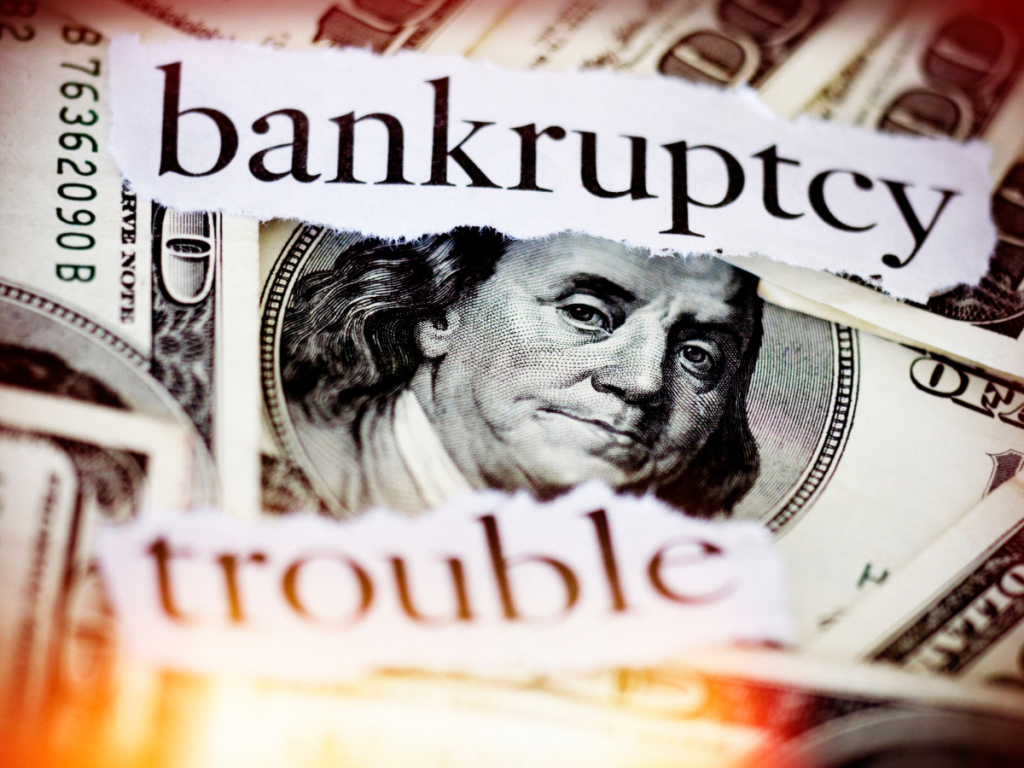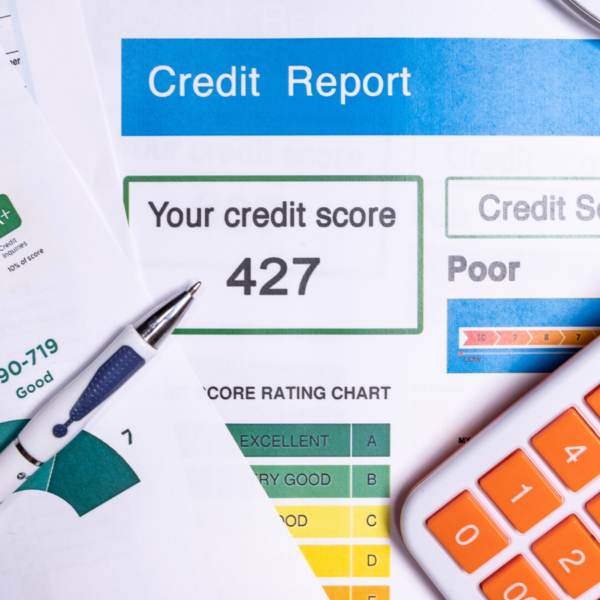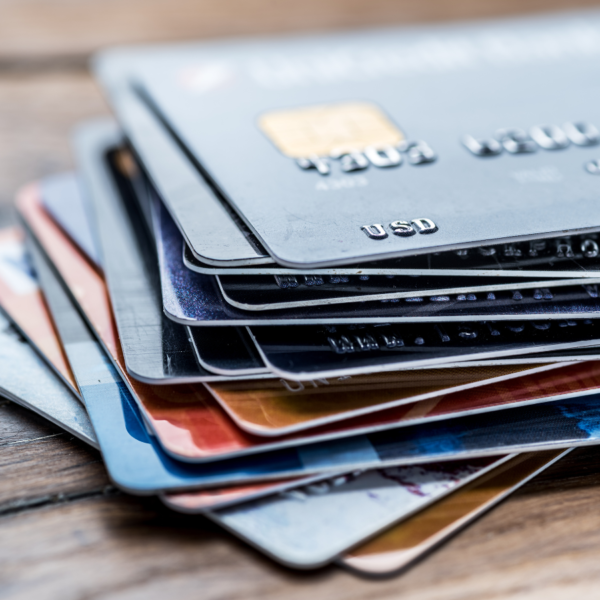When debt becomes overwhelming and repayment no longer feels possible, bankruptcy may be a legal option to help you reset your finances. While the word “bankruptcy” can sound intimidating, it’s simply a process designed to give individuals and businesses a fresh financial start. However, there isn’t just one type of bankruptcy—there are several, each with its own rules, benefits, and consequences.
In this guide, we’ll break down the different types of bankruptcies, how they work, and how to decide which one might be right for your situation.
What Is Bankruptcy?
Bankruptcy is a legal process overseen by federal courts that helps individuals or businesses eliminate or restructure their debts. Depending on the type filed, it may involve discharging unsecured debts (like credit cards or medical bills) or creating a repayment plan to pay back creditors over time.
Filing for bankruptcy can stop collection calls, wage garnishments, and even foreclosure—but it also has long-lasting impacts on your credit. That’s why it’s important to understand your options before moving forward.
The Most Common Types of Bankruptcy
Chapter 7 Bankruptcy – Liquidation
-
Who it’s for: Individuals with limited income and few assets.
-
How it works: The court appoints a trustee who sells (liquidates) non-exempt assets to repay creditors. Most unsecured debts, such as credit cards and medical bills, are discharged.
-
Pros: Fast process (usually 3–6 months), eliminates most unsecured debt, gives a true fresh start.
-
Cons: You may lose certain property, and it stays on your credit report for up to 10 years.
Chapter 13 Bankruptcy – Repayment Plan
-
Who it’s for: Individuals with steady income who can repay some of their debts.
-
How it works: You create a repayment plan lasting 3–5 years. At the end of the plan, remaining eligible debts may be discharged.
-
Pros: Lets you keep your home or car if you’re behind on payments, and stops foreclosure.
-
Cons: Long repayment period, must stick to a strict budget, remains on your credit for 7 years.
Chapter 11 Bankruptcy – Reorganization (for Businesses and Some Individuals)
-
Who it’s for: Primarily businesses, but individuals with very high debts may also qualify.
-
How it works: Allows businesses to restructure debts and operations while continuing to run. A repayment plan is created with creditors.
-
Pros: Business can remain open while reorganizing, may preserve jobs and assets.
-
Cons: Complex, expensive, and time-consuming process.
Chapter 12 Bankruptcy – For Family Farmers and Fishermen
-
Who it’s for: Family farmers and commercial fishermen with regular income.
-
How it works: Similar to Chapter 13, but specifically designed for farming and fishing businesses.
-
Pros: Tailored repayment plans to accommodate seasonal income and industry challenges.
-
Cons: Only available to qualifying family farmers and fishermen.
How to Decide Which Bankruptcy Is Right for You
Choosing the right type of bankruptcy depends on your financial situation, income, and long-term goals. Ask yourself:
-
Do I have regular income to support a repayment plan? (If yes, Chapter 13 may fit.)
-
Do I need a complete fresh start with most debts wiped out? (Chapter 7 may be best.)
-
Am I a business owner who wants to keep operations running? (Chapter 11 might work.)
-
Do I farm or fish for a living? (Chapter 12 is designed for you.)
Alternatives to Bankruptcy
Bankruptcy isn’t the only option for managing overwhelming debt. Depending on your situation, you might also consider:
-
Debt Management Plans (DMPs): Work with a nonprofit credit counseling agency to consolidate and reduce interest rates.
-
Debt Settlement: Negotiate with creditors to pay less than what you owe.
-
Debt Consolidation Loans: Combine multiple debts into one loan with a lower interest rate.
Final Thoughts
Bankruptcy is a powerful tool that can provide relief for individuals and businesses facing financial hardship, but it’s not a decision to take lightly. Each type of bankruptcy—whether Chapter 7, 13, 11, or 12—has unique rules, benefits, and drawbacks.
Before filing, it’s important to explore alternatives and seek advice from a bankruptcy attorney or certified credit counselor. With the right guidance, you can determine whether bankruptcy is the right path—or if another debt relief solution better fits your needs.






Recent Comments